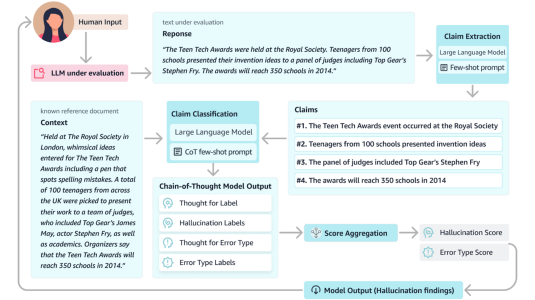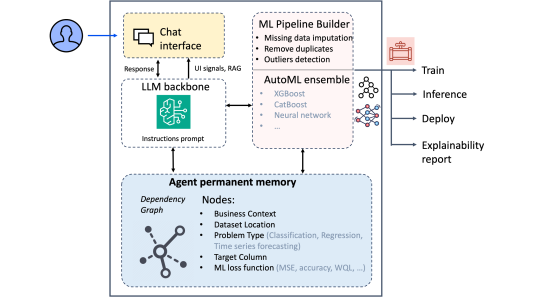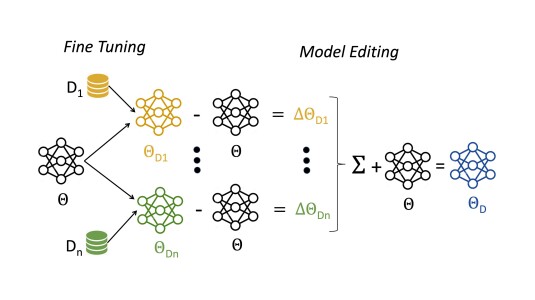Detect audio-video temporal synchronization errors in advertisements
2022
Detecting audio-video (A/V) synchronization error is important to measure end user experience. Today, researchers in this domain are mainly focused on contents such as movies or sports. The state of art algorithms usually first detect a specific type of events and then correlate the A/V data within during these events, e.g., find the human chatting events and then correlate the vocals with the lip shapes. Detecting A/V sync errors during Ads, on the other hand, has not received a lot of attentions. Compared with contents, an Ads section do not contain a particular type of events that can be used to detect A/V sync error. For example, many vocals in Ads are either from background narrators or have a very short period of time, so that the popular lip-sync based algorithms won’t work accurately. In this paper, we present a novel algorithm that uses the scene change time features: we first segment out individual Ad from a playback. Then for each pair of temporal adjacent Ads, we compute the scene change time for the video data and the audio data separately, and then build their time difference histogram. Next, we aggregate the histograms from all Ads pairs within one Ads section. Finally, we combine the aggregated histogram to compute the A/V off-sync time values. We show that compared with the traditional lipsync based algorithms, the new algorithm not only significantly improves the prediction rate, but also increases the prediction accuracy.
Research areas




